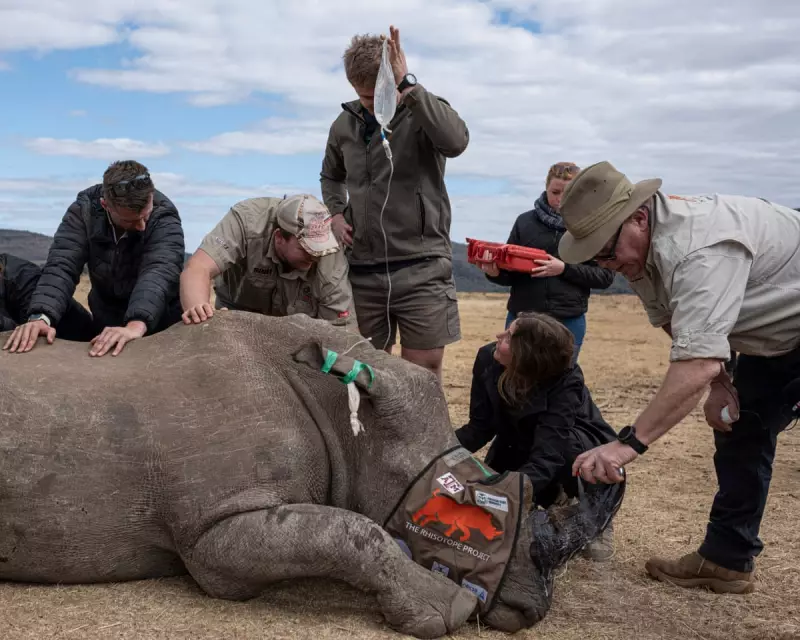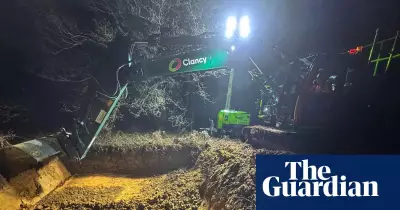
In a groundbreaking move to protect endangered rhinos, South African researchers have begun injecting the animals' horns with radioactive material. This innovative strategy aims to render the horns useless to poachers and traffickers by making them detectable at borders and potentially hazardous to handle.
The Science Behind the Solution
The project, led by experts at the University of the Witwatersrand, uses carefully measured doses of radioactive isotopes that are harmless to the rhinos but create a detectable signature. Professor James Larkin, who heads the initiative, explains: "The radioactive material makes the horn immediately identifiable by radiation monitors at ports and airports, which are already in place for nuclear security."
Why This Approach Could Work
Traditional anti-poaching methods have struggled to curb the illegal rhino horn trade, which remains lucrative in Asian markets where the horns are falsely believed to have medicinal properties. By making the horns:
- Easily detectable at border crossings
- Potentially dangerous to handle
- Less valuable on the black market
researchers hope to disrupt the entire supply chain.
Safety First
Extensive testing has confirmed that the radioactive doses used pose no threat to the rhinos or their ecosystems. The isotopes are inserted into small holes drilled in the horns, a procedure performed under anesthesia by veterinary experts.
This bold initiative comes as rhino populations continue to decline, with poachers killing nearly one rhino every 20 hours in South Africa alone. If successful, the method could be expanded to protect other species targeted for their horns or tusks.





